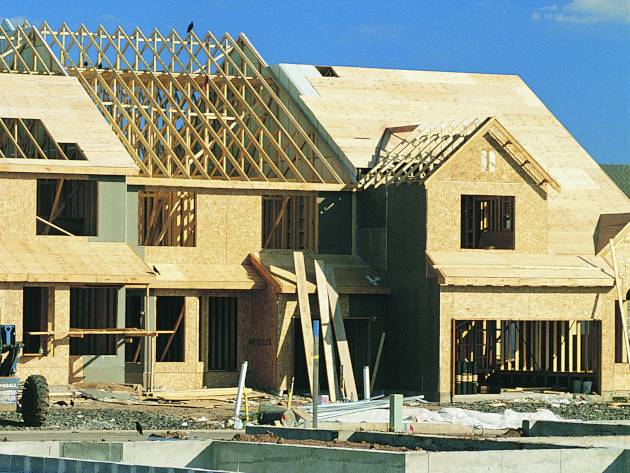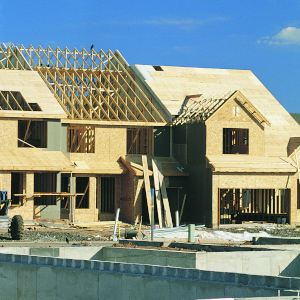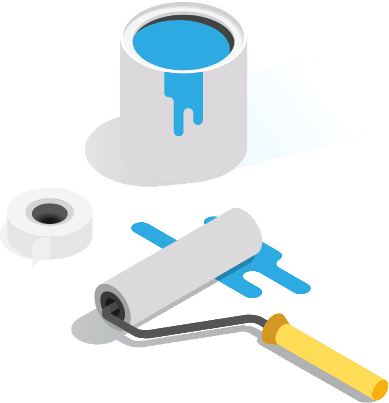
Tired of advising others on what they should be doing with their funds, Nicholas Smedley turned to property to pursue a more hands-on approach to wealth creation.
“Ten years ago I made the jump from investment banker to property developer, without having any investment properties of my own.
I wanted to see projects through to completion, instead of simply sowing the initial seeds of thought.
Despite not having any personal investment properties, I came to learn that the fundamentals of developing property are much the same.
It’s tough to start out with. Much like a first-time investor or home buyer, finding capital and buying into competitive markets is difficult.
I started out with a development of six townhouses in the Melbourne suburb of Hastings. From there I just kept launching myself into larger scale projects, based on the capital I was able to generate from sales.
Laying down a sizeable chunk of money, and knowing that you’re not likely to see any return on it for several months, was also a nerve-racking experience to start with – particularly when your whole investment is geared around gaining planning approval.
One of the more testing experiences involved one of our first, larger-scale developments. We purchased land from the local council, and then had to go through a protracted process with VCAT to get the planning permit approved.
Just like a mum-and-dad investor, we have to target the area we develop in carefully. We’re based in Melbourne, so we avoid the CBD (where there is a glut of apartment stock) and focus on the middle and outer ring.
Trying to sell apartments to buyers who are more used to traditional houses also presents a challenge. You need to be innovative in your approach, and try to differentiate your property from every other building on the market. We were one of the first companies building in the suburbs to construct a display suite, so that buyers could come and experience what they would be buying.
It’s also important to build a strong brand based around trust, so that purchasers can be confident that you will deliver on the project. Convincing buyers that we wouldn’t fail to deliver the building, like so many other developers had, was one of the biggest hurdles that we had to overcome.
Just like investing, understanding how far your finances can reach is also critical to successful development. Bank rates may be down at around four per cent now, but it’s important that you know you can handle a rise to seven or eight per cent.
Targeting your development to suit changing markets is also critical. When we first started out, we were definitely aiming toward an investor clientele. We’d aim to maximise how many apartments there were in a development, and focus on creating a high yield opportunity.
Now that investor interest in apartment stock has dampened, we've started to maximise the size of our floorplans and target empty-nesters who are looking to downsize from the family home.
When we were starting out in 2006, there were just two of us. Now Steller has around 50 employees and another 50 to 60 contractors.
It’s like an investor growing their portfolio. The first property is always the hardest, and it’s very easy to expand from there.”
Read more:
Football star turns to property





